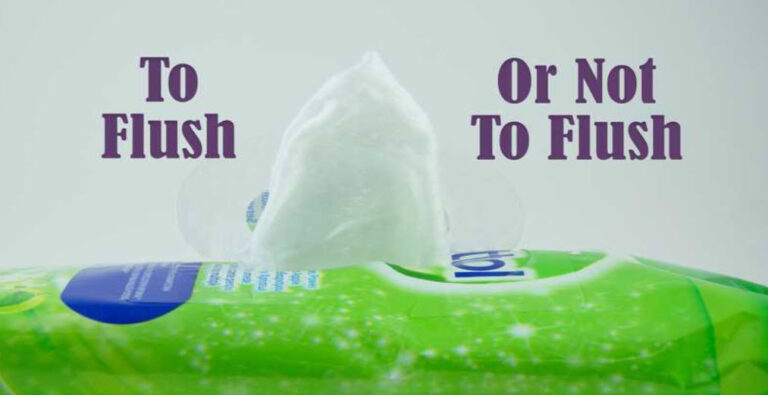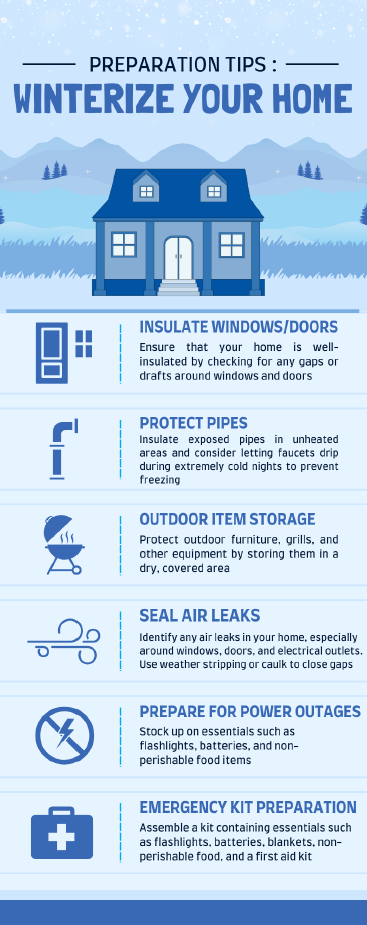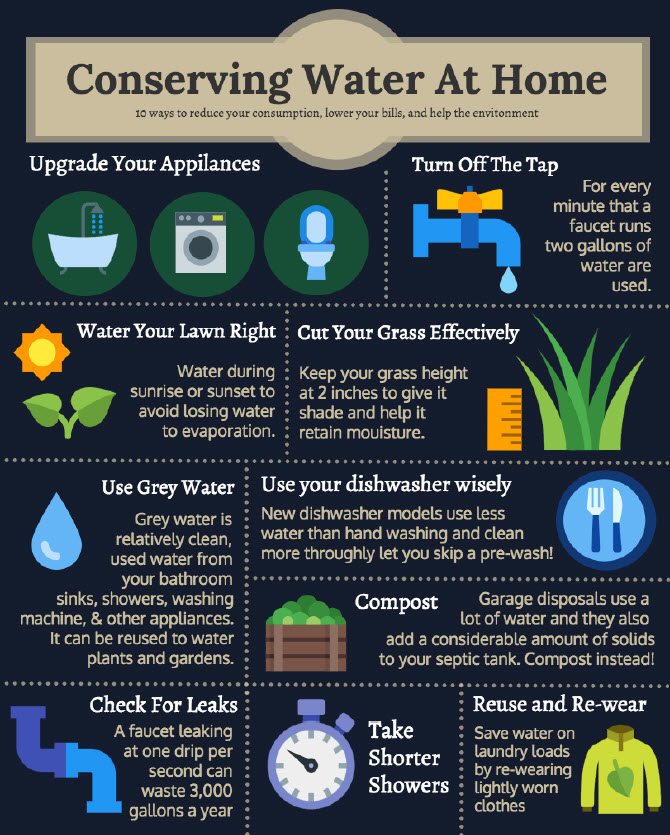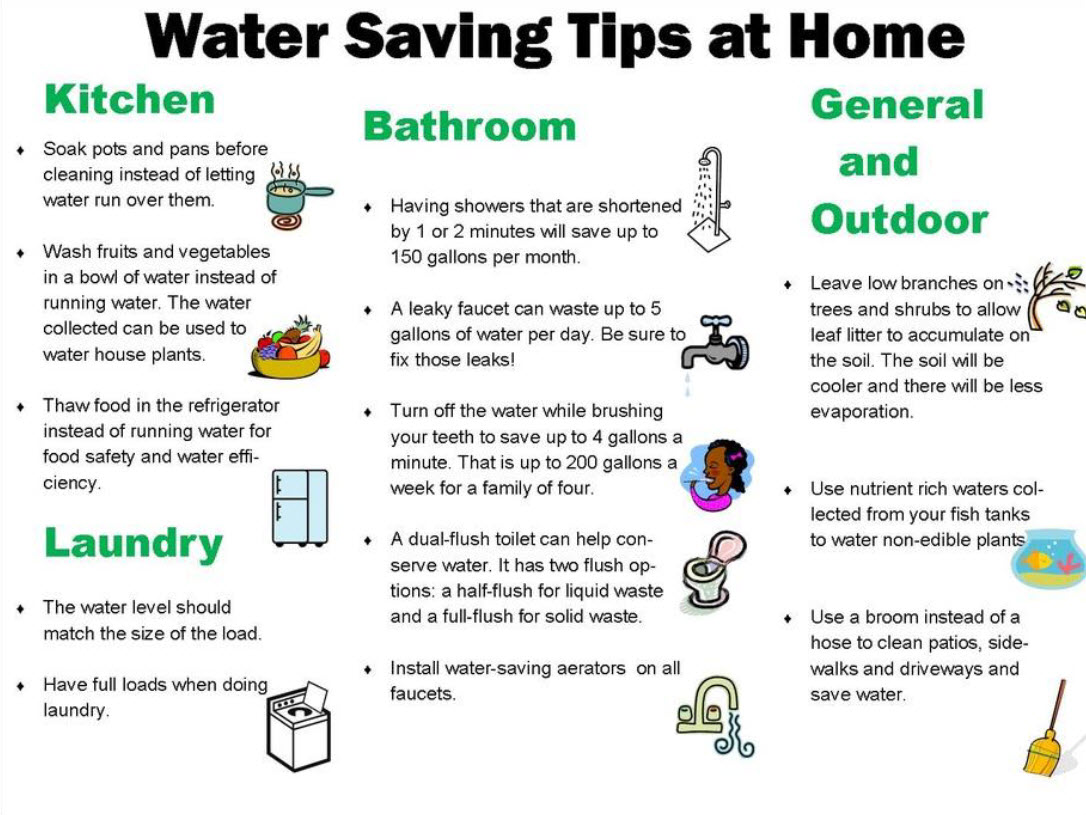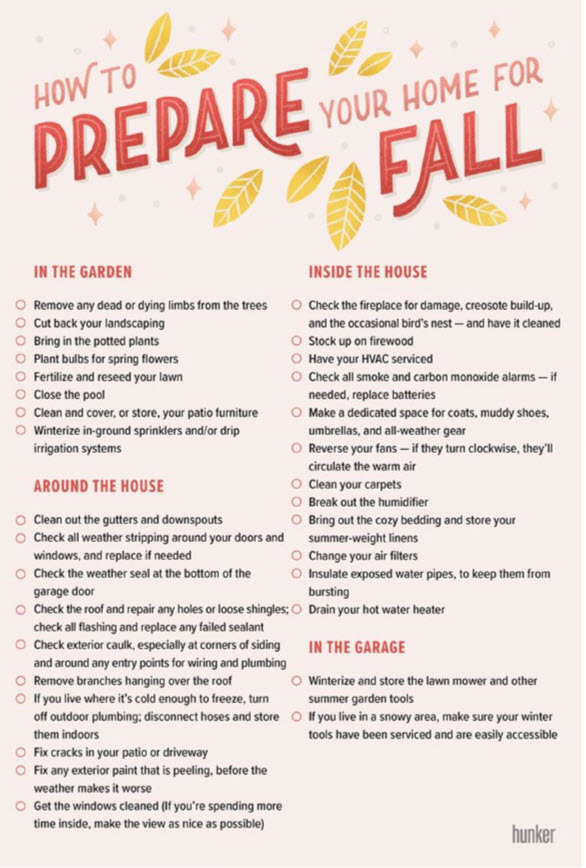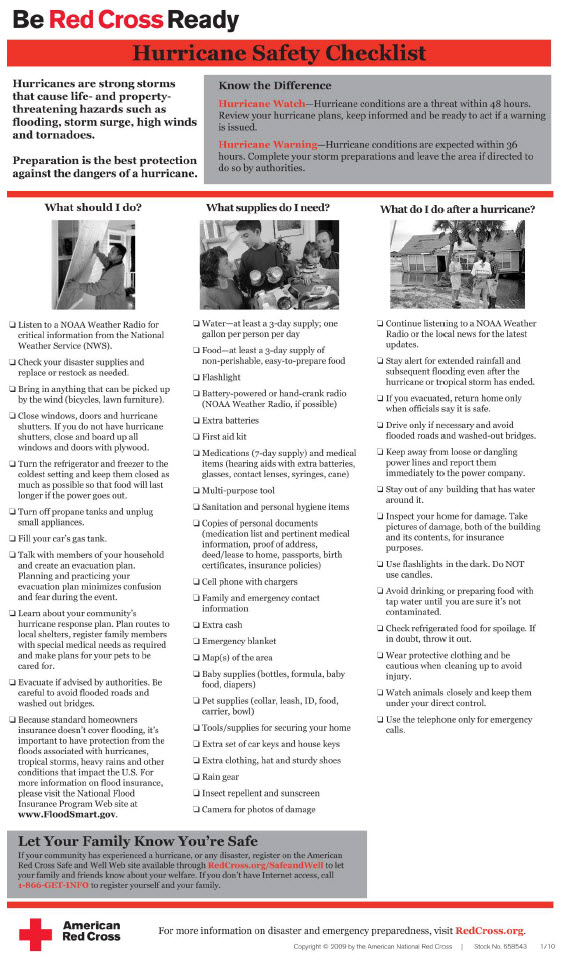Important Information: North Mission Glen Sewer Line Repairs and Backyard Access Details
 North Mission Glen Municipal Utility District (the “District”) has employed Ballast Point Construction, Inc. (“Ballast”) to perform repairs to the sanitary sewer lines in the District. The Cleaning and Televising is to be completed to the sanitary sewer lines possibly located in the easement in your front or backyard. Notices will be sent to you from Ballast prior to any construction activities. It will be your responsibility to remove, replace and maintain all landscaping, facilities, etc. located within the easement or on top of manholes.
North Mission Glen Municipal Utility District (the “District”) has employed Ballast Point Construction, Inc. (“Ballast”) to perform repairs to the sanitary sewer lines in the District. The Cleaning and Televising is to be completed to the sanitary sewer lines possibly located in the easement in your front or backyard. Notices will be sent to you from Ballast prior to any construction activities. It will be your responsibility to remove, replace and maintain all landscaping, facilities, etc. located within the easement or on top of manholes.
It is the District’s intent to keep your inconvenience to a minimum. The access points to the sanitary sewers are manholes located in the streets and rear easements. The rear easements may be in residential backyards where existing utilities lines are installed to serve each resident. It may be necessary to access these manholes through your backyard to complete this project. Ballast has requested that any gate to the back yard be unlocked and pets are to be restrained while the crew is working in the yard.
A 24-hour notice will be placed on your door before Ballast begins the actual work in your yard.


